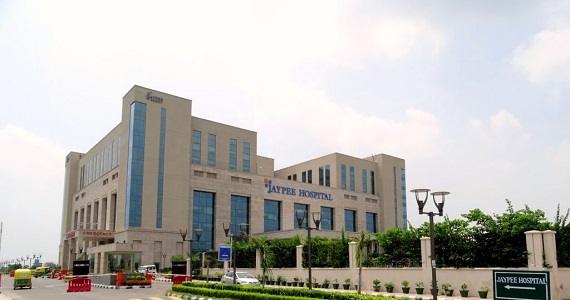Lap/ Open IPOM + Adhesiolysis. Treatment in India
treatment
starting from
Introduction
Abdominal wall hernias are common medical conditions that affect millions of people worldwide. They occur when an organ or tissue pushes through a weak spot in the abdominal wall, resulting in a visible bulge or swelling. These hernias can be painful, uncomfortable, and, in severe cases, potentially life-threatening. Fortunately, medical advancements have led to the development of effective surgical techniques, such as Laparoscopic/Open IPOM (intraperitoneal onlay mesh) with Adhesiolysis, that have significantly improved patient outcomes and reduced the risk of hernia recurrence.
Understanding Laparoscopic/Open IPOM
Inguinal hernias and ventral/incisional hernias are two common types of abdominal wall hernias. Traditional hernia repair methods involved open surgeries, where an incision was made in the abdominal wall to access and repair the herniated area. However, with the advent of laparoscopic techniques, surgeons can now perform minimally invasive hernia repairs.
Laparoscopic IPOM involves making several small incisions in the abdominal wall. Carbon dioxide gas is then used to inflate the abdominal cavity, creating a working space. A laparoscope, a thin, flexible tube with a camera and light source, is inserted through one of the incisions to visualize the hernia and surrounding tissues. The surgeon then places a mesh over the hernia defect from inside the abdominal cavity, covering the weakened area and providing additional support to prevent recurrence.
Open IPOM is a similar procedure but is performed through a larger incision, providing direct access to the abdominal cavity. The rest of the procedure remains largely the same.
The Role of Adhesiolysis
In some cases, patients with abdominal wall hernias may also have adhesions. Adhesions are bands of scar tissue that can form between organs or between organs and the abdominal wall, often as a result of previous surgeries or inflammation. These adhesions can complicate hernia repair surgery and may increase the risk of complications and hernia recurrence.
Adhesiolysis is the process of carefully breaking down these adhesions to free up any trapped organs or tissues. It is often performed before or during the hernia repair procedure. Adhesiolysis not only allows for better visualization of the hernia but also reduces the tension on the repaired area, enhancing the chances of a successful outcome.
Benefits of Lap/Open IPOM + Adhesiolysis
- Minimally Invasive: Laparoscopic IPOM and Open IPOM techniques are minimally invasive compared to traditional open surgeries. They result in smaller incisions, reduced postoperative pain, shorter hospital stays, and faster recovery times.
- Lower Recurrence Rates: By placing a mesh over the hernia defect, the IPOM technique provides sturdy reinforcement, significantly reducing the chances of hernia recurrence.
- Adhesion Prevention: By performing adhesiolysis, the surgeon can prevent adhesions from interfering with the hernia repair, improving the overall success of the surgery.
- Improved Cosmetic Results: The smaller incisions in laparoscopic IPOM lead to less scarring and improved cosmetic outcomes.
- Reduced Complications: Minimally invasive techniques generally carry fewer risks of complications, such as infection and wound healing issues.
Conclusion
Laparoscopic/Open IPOM with Adhesiolysis is a highly effective and patient-friendly approach to treating abdominal wall hernias. Combining the benefits of minimally invasive surgery, reduced recurrence rates, and adhesion prevention, this comprehensive technique offers better outcomes and quicker recovery for patients. If you suspect you have an abdominal wall hernia or have been diagnosed with one, consult a qualified surgeon to discuss the most suitable treatment options available, including Lap/Open IPOM with Adhesiolysis. Remember, early diagnosis and timely intervention are essential for a successful and smooth recovery.
How It Works
Need help in organizing medical travel to India?






